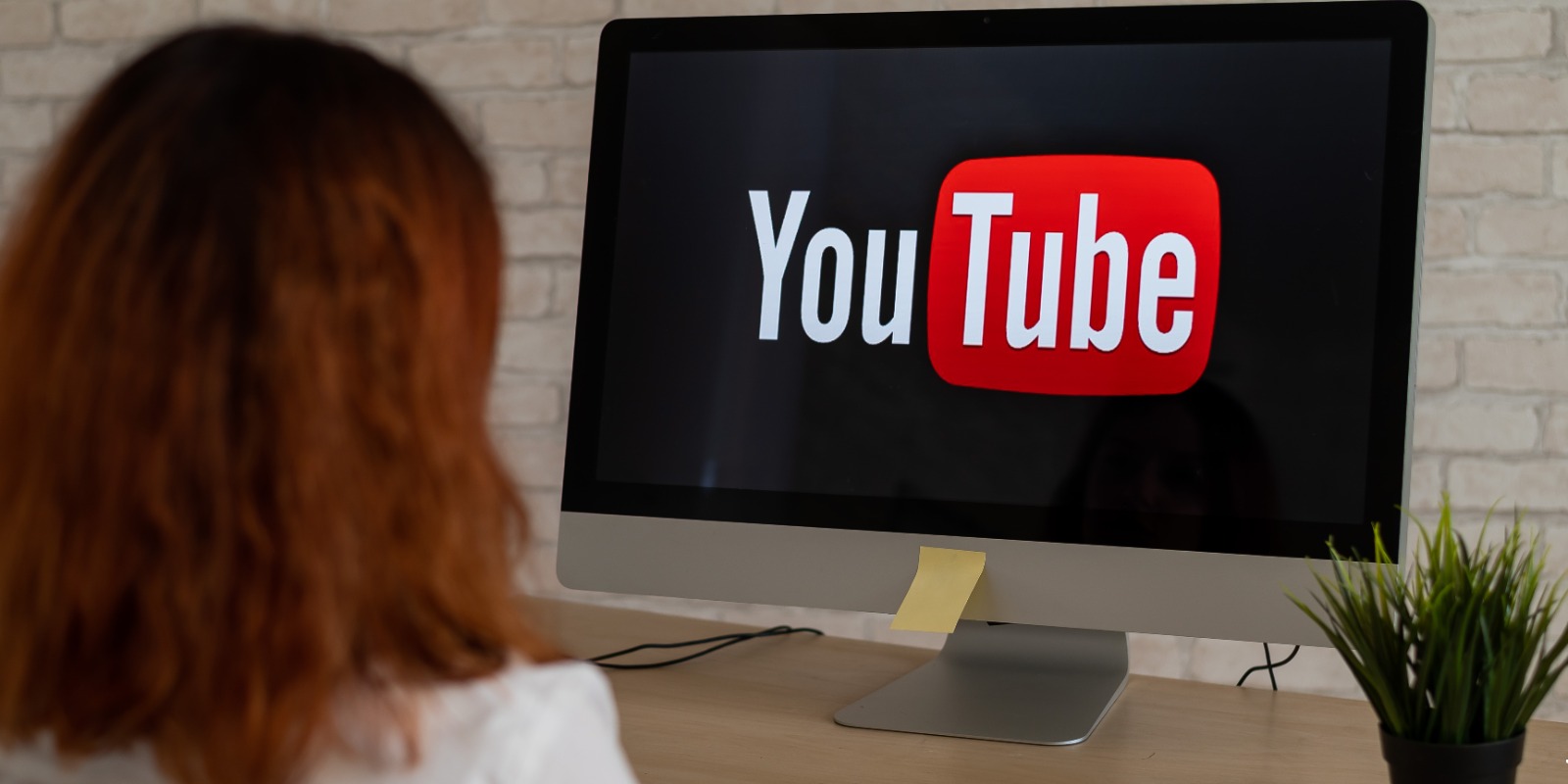Table of Contents
YouTube is one of the most popular platforms in the world, especially among teenagers. From funny cat videos to educational content, it’s where young people spend a lot of their time. But now, YouTube is facing a big challenge in Australia.
Australia’s online safety regulator — the eSafety Commission — is questioning why YouTube has been allowed to skip some teen protection rules. These rules are designed to keep kids safe from harmful online content. But YouTube seems to have gotten a special pass, and many people are asking, “Why?”
Let’s break it down in simple terms.
Why Is This Happening?
Australia introduced a mandatory code that tells tech companies how to protect children online. Most companies agreed to follow it, but Google (YouTube’s parent company) received an exemption. That means it doesn’t have to follow some of the same rules others do.
This raised red flags for eSafety Commissioner Julie Inman Grant and her team. Their job is to keep Australian users — especially kids — safe from harmful, violent, or sexual content.
She believes no company should get special treatment when it comes to child safety.
What Are the Rules Meant to Do?
These new rules are all about protecting underage users (under 18) from:
- Harmful videos and images
- Cyberbullying or online abuse
- Overly addictive content
- Ads that may be unsafe for kids
- Privacy invasions (like tracking and data sharing)
Other platforms — including TikTok, Instagram, and Facebook — have had to show how they’re protecting teens. But YouTube didn’t have to do that.
That’s what started the current debate.
What Is YouTube Saying?
YouTube says it already has strong safety tools for young viewers, like:
- YouTube Kids, a special app designed for children
- Restricted Mode, which hides mature content
- Tools for parents to limit screen time or block videos
However, critics say these tools aren’t enough, and YouTube shouldn’t be the one deciding what’s safe without being held accountable.
Why Is This Important?
Teens today are growing up online. They scroll, watch, comment, and post for hours every day. But not all content is good for them. Some videos may include violence, fake news, or dangerous challenges.
That’s why rules and watchdogs are so important.
If one major platform like YouTube doesn’t follow the same safety code as everyone else, it could create gaps, and that could put millions of young users at risk.
What Could Happen Next?
Australia’s online regulator is re-reviewing YouTube’s exemption. That means they may cancel the special permission and require YouTube to follow all the same rules as other platforms.
If this happens, YouTube will have to:
- Prove how it’s protecting underage users
- Possibly change its video recommendations
- Stop showing certain ads to kids
- Add more transparent reporting tools for parents and users
The decision is still being discussed, but one thing is clear: big tech companies must answer to someone, especially when it comes to children’s safety.
How Can Parents Help?
Even with rules and watchdogs in place, parents still play a key role in keeping kids safe online. Here are some simple steps:
- Turn on Restricted Mode on YouTube
- Use apps like YouTube Kids for younger children
- Check what your kids are watching
- Talk to them about what’s real vs. fake online
- Please encourage them to report or block anything that feels wrong
Why Should Teens Care?
Some teenagers might feel these rules are too strict, or that adults just don’t get it. But the truth is, online safety is like a seatbelt. You might not think you need it until something goes wrong.
Good rules help you explore the internet without stumbling into the dark side of it.
Conclusion
YouTube is under pressure in Australia for not following child safety rules that every other platform must adhere to. While the company says it’s already doing a good job, Australia’s online watchdog wants more proof — and possibly, a level playing field.
As more children go online, governments and tech companies will need to collaborate to create spaces that are both fun and educational, yet also safe.
Because the internet should be a place for creativity, not danger.
